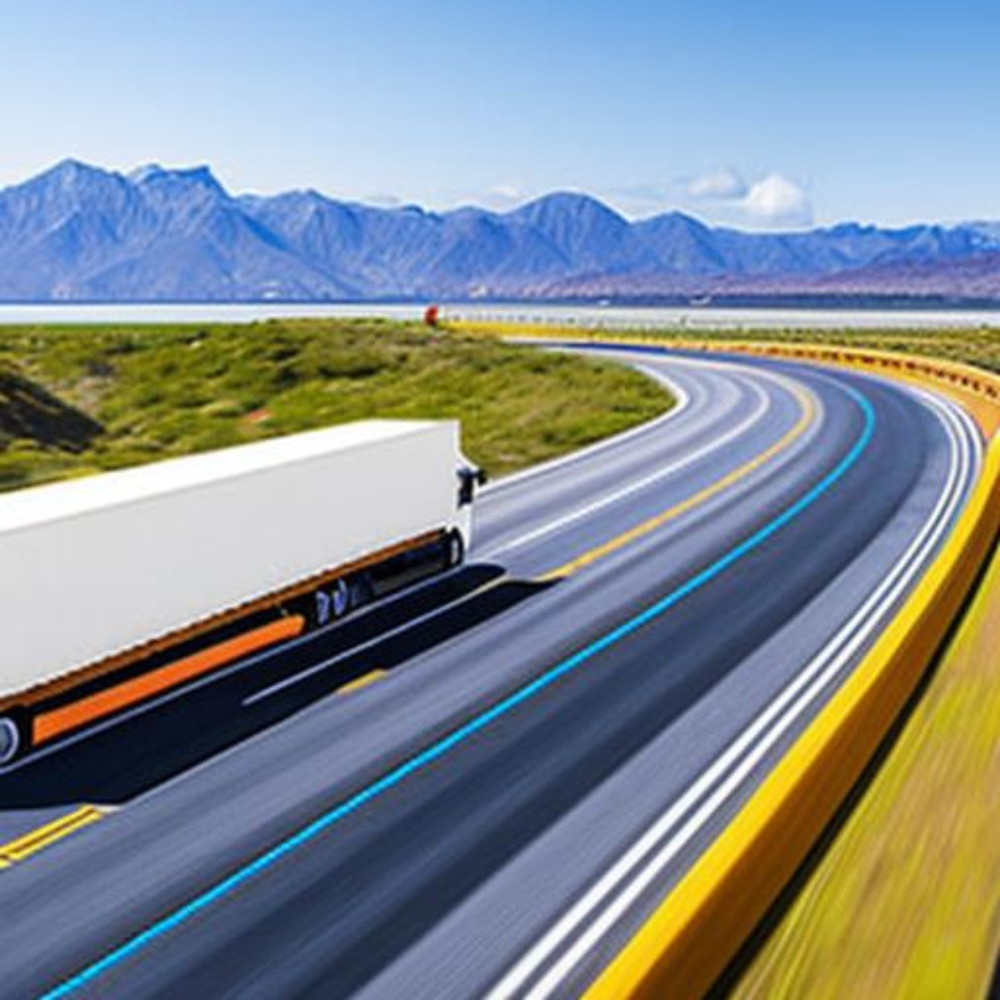Artificial intelligence (AI) is transforming the transportation and logistics industry. From predictive maintenance and route optimization to self-driving trucks and drones, AI technology is enabling new levels of efficiency and cost savings while also improving safety and sustainability.
Predictive Maintenance
One of the most significant impacts of AI technology on transportation and logistics is predictive maintenance. By analyzing sensor data and other inputs, AI algorithms can predict when a vehicle or piece of equipment will need maintenance, allowing for proactive repairs and minimizing downtime. This can save transportation and logistics companies significant amounts of money while also improving safety by preventing equipment failure while in use.
Route Optimization
AI technology can also optimize transportation and logistics routes, reducing fuel consumption and improving delivery times. By analyzing data on traffic patterns, weather conditions, and delivery destinations, AI algorithms can suggest the most efficient route for each delivery. This can reduce delivery times, save fuel costs, and minimize the carbon footprint of transportation and logistics operations.
Self-Driving Vehicles
Self-driving vehicles are perhaps the most well-known application of AI technology in transportation and logistics. While fully autonomous vehicles are not yet widespread, many companies are testing and implementing self-driving trucks and drones for certain tasks. Self-driving vehicles can improve safety by reducing the risk of accidents caused by human error, and they can also improve efficiency by allowing for continuous operation without the need for driver breaks.
Warehouse Automation
AI technology is also enabling warehouse automation, making it easier to manage and process inventory. AI algorithms can analyze inventory data and suggest optimal storage locations, reducing the time and effort required to locate and retrieve items. Additionally, robots powered by AI can handle repetitive and dangerous tasks, freeing up human workers for more complex and value-adding work.
Challenges and Limitations
While AI technology has the potential to revolutionize transportation and logistics, there are also challenges and limitations to consider. One of the most significant challenges is the need for data. To train AI algorithms effectively, transportation and logistics companies must have access to high-quality, accurate data. This can be a challenge for smaller companies that may not have the resources to collect and analyze large amounts of data.
Another challenge is the need for skilled personnel to operate and maintain AI technology. Many transportation and logistics workers may not have the necessary training or expertise to use AI technology effectively. Additionally, there may be concerns about the impact of AI on employment, as automation may lead to job losses for some workers.
Finally, there are ethical concerns related to the use of AI technology in transportation and logistics. For example, there may be concerns about the privacy of customer data collected by AI algorithms or the use of facial recognition technology in delivery drones.
Conclusion
Overall, AI technology is transforming the transportation and logistics industry. With predictive maintenance, route optimization, self-driving vehicles, and warehouse automation, AI algorithms can improve efficiency, safety, and sustainability while reducing costs. While there are challenges and limitations to consider, the benefits of AI technology in transportation and logistics are clear. As AI technology continues to advance, we can expect even greater impacts on the transportation and logistics industry in the years to come.





